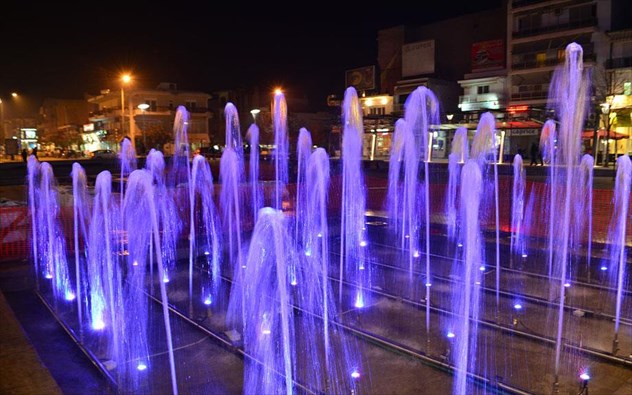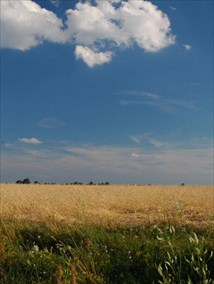The rail station in Orestiada
Orestiada is the newest and northernmost town in Greece, situated almost at the end of the Evros area, near the border with Turkey. It is the second largest town in the area after the regional centre Alexandroupolis, its population being 18,426 inhabitants (2011).
It is located only 2 kilometres away, as the crow flies, from Evros River (Maritsa), which is the natural border between Greece and Turkey, and 64 kilometres away from Triethnes (the cross point of the border between Greece, Turkey and Bulgaria).
The border town of Orestiada was founded in the generous valley watered by Evros River in 1923 by Greek refugees who came from Adrianoupolis and mainly from the neighbourhood of Karagatch that was awarded to Turkey under the Treaty of Lausanne. So, at first, the town was called New Karagatch or New Orestiada.
A typical sign of the history of New Orestiada is a monument erected by photographer Vassilis Kiriakidis at the place of the first well and the first houses in the town, surrounded by five poplars that symbolize the town’s decades.
Today Orestiada is a modern Greek town, a major agricultural and commercial centre in northeastern Greece with a good rail and road infrastructure. It is a typical example of a refugee village with a simple development plan and wide straight streets and squares, and bears the tradition and architectural heritage of Adrianoupolis. Unfortunately, very few of the old houses built in a special way have been preserved to this day and almost nothing has been left to remind us of the refugee village.

A town full of life
The centre of social life in Orestiada is its central square. The bust of George Statatos, a fighter of the national resistance, adorns one of its sides and an imposing statue of Patriarch Cyril VI, who was hanged in Adrianoupolis in 1821, stands in its centre.
Recently, the reconstruction activities of the square, which had initially provoked sharp reactions on the part of both professionals and some residents, have eventually been completed and the new square is already colourful and has an impressive fountain, though it is a bit ugly according to some.

Life in Orestiada is concentrated along the two main streets ("Vasileios Konstantinou" and "Konstantinoupoleos") which cross at the square and around them you will find many pedestrian zones that facilitate trade.
The Democritus University of Thrace has opened branches of rural development and forestry and of environmental management and natural resources in the town too.
Among other things, Orestiada is famous for its wild nightlife that attracts the citizens of the northern part of the area.
In the field of culture, Orestiada has something to offer, through the annual events that have become traditional and through the numerous activities of various cultural institutions in the region. The municipal centre for cultural development of Orestiada houses a library as well as the following functioning sections: conservatory, theatre group, dance school, painting classes, fine arts department and the municipal philharmonic orchestra.
You can visit the historical and ethnographic museum in Orestiada that keeps the memory of life in Alexandroupolis and the region by displaying exhibits such as photographs, local costumes, embroidery, farm tools, weapons and more.
Interesting tours
 From the central square of Orestiada to the west, you will arrive at the broad and fertile plain of northern Evros.
From the central square of Orestiada to the west, you will arrive at the broad and fertile plain of northern Evros.
About 12 kilometres north of Orestiada you will find the village of Nea Visa and its interesting folklore collection, and a little further to the west the beautiful valley of the River Arda (where the popular eponymous festival takes place each summer), a tributary of Evros, and its burial mounds and megalithic tombs.
South of Orestiada, not too far away, you can visit Didimotiho (20 kilometres away) and Soufli (47 kilometres away) with its famous Silk Museum. Further to the south, you will reach Evros River reserve that is of great significance and the regional centre Alexandroupolis.
How to get there: Orestiada is located 961 kilometres from Athens, 458 kilometres from Thessaloniki and 115 kilometres from Alexandroupolis.